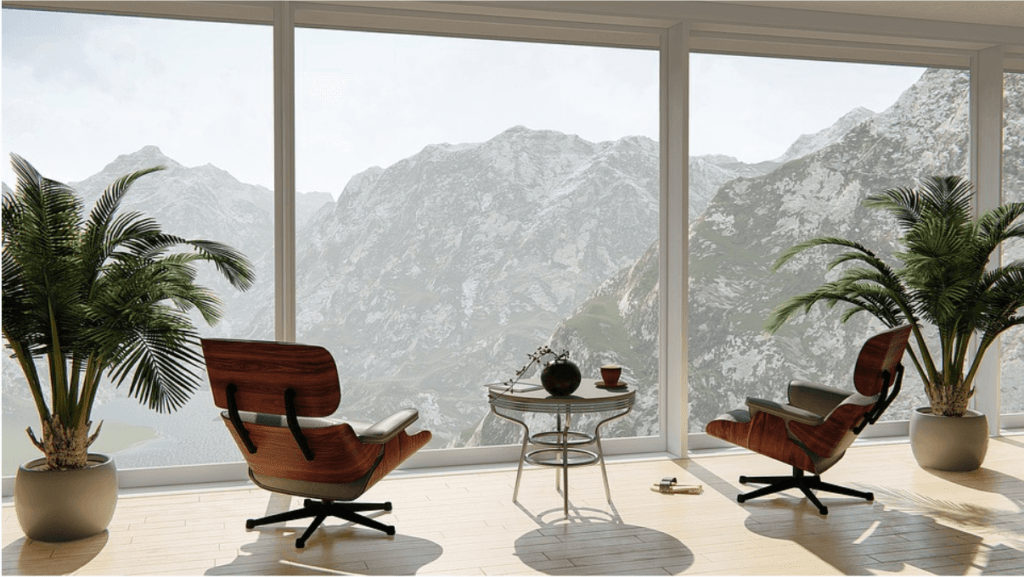Every person on the planet has a dream house that they have set out to find. A dream house can be defined as a home that checks all the boxes for what a person is looking for. It can range from location, amenities, style, size, and more. There are different ways to get your dream house depending on how much work you want to put into it or whether or not you’re willing to compromise on certain things.

1. Consult With Experts
The thing about dream houses is people sometimes get sentimental about an idea that doesn’t necessarily translate the way they want it to. For example, a person loves the idea of an ivy-covered facade, without taking into account how that might impact the structural integrity and other safety issues it may cause. While it’s not impossible to achieve, it’s important to know everything that goes into what you want.
This is where consulting with experts comes in. They can provide a range of options for your dream house so you understand what’s possible and how much it might cost. While architects, landscape designers, and other professionals can do this for you, talking with a reliable home builder can prove to be a two-birds-one-stone solution, since they will most likely have the appropriate knowledge and real experience with different issues. Furthermore, they’ll be able to tell you the things that are not possible as well as those that may compromise some other feature or aspect of your dream house.
An expert can also provide you with an estimate of how much a certain feature would cost. When thinking about these things, it’s also important to think about how long it would take to get the job done. Depending on your city, some projects can be fast-tracked so you can move in sooner than other options.
2. Being Proactive About Potential Issues
Once construction on your home begins, you may not be able to backtrack and make changes because of safety reasons. It’s important to find out everything you can about any potential hazards that may compromise the integrity of your dream house. You should frequently consult with your Home Builder to see what could possibly happen and make sure to have contingency plans in place. Things like soil composition and land conditions can be tested prior to construction.
While you may not find out about every potential issue, it’s better to be safe than sorry in the end when it comes to a lifelong investment. While it’s impossible to cover everything since life always has a way to surprise us, looking into the most common home issues and working on preventing them should be on your to-do list. After all, the most expensive repairs in life are those that were never done right from the start.
Like with your profession, it’s better to invest some time and money up front than to deal with it on the back-end as a bigger problem that will cost you more than if you had just caught it early.
3. Knowing Your Limits
When people are starting out, they tend to go for features that aren’t quite necessary. This is also the case when people are first starting out on their own. Not only do they have to save up for necessities, but they have to think about how much they can actually afford that will suit them currently and later on down the line.
One way of dealing with this situation is by buying a fixer-upper with the right location, size, and amenities to suit your needs while you save up the additional funds needed for that dream house. You don’t have to do all the upgrades at once, it can be a process that develops with you. It’s important not to get too ahead of yourself because if you spend so much on improving a house before it’s even finished, what will you have left for necessities?
Making sure a hose has the potential to work the way you want it to is important. For example, if you always imagined your dream home has a beautiful spacious backyard, it’s important that it has a large enough lot to accommodate that. Landscaping and making it pretty can come later.
4. Personal Taste Vs Trends
While it may seem like a good idea to copy someone else’s style and fit it into your dream house, this is usually something we regret down the line since our changing tastes can leave us with a space that looks a bit awkward. It’s a good idea to have a set of guidelines you can follow that will suit your long-term needs without having to go back and change things again later.
You can follow any trends you like when it comes to painting your rooms since that’s an easy fix if you end up not liking it. It’s also a good way to experiment with texture, different ways to bring architectural interest to a room, and your style without having to worry about spending too much money if you don’t like it. On the other hand, you should be more guided by your preferences when it comes to choosing window treatments, flooring, wall hangings, etc.
Remember that it’s important to distinguish between something you think looks nice and something that you would want in your home. A lot of time, the latter is what makes for a great decorating style.
5. The Right Location
How close would you be to work if you had a dream house that required a longer commute? Is this address going to have the best opportunities for your family’s development five years from now without having to move again soon after moving in? Could this location accommodate a growing family with better schools and more affordable housing options down the line?
These are all important questions to ask yourself before settling on a particular address. A good agent should be able to give you some recommendations based on what you need. Make sure they are local so that they can know the area well enough to provide this kind of insight based on their experience working with clients who have similar needs as yours.
Remember that your dream house does not have to be an isolated island in the middle of nowhere. It’s perfectly fine to be close to neighbors and other amenities that you will need on a daily basis. You just have to prioritize what your needs are before deciding exactly where your dream house should be located.

In the end, there are a number of things to consider before you can figure out what goes into your dream house. It’s a good idea to prioritize your needs above everything else and keep an open mind about what you can afford and features that fit your budget. Finding your dream home is something that comes with experience, so don’t stress out if you are having a lot of trouble in the beginning. The important thing is being able to recognize it when it comes along.



